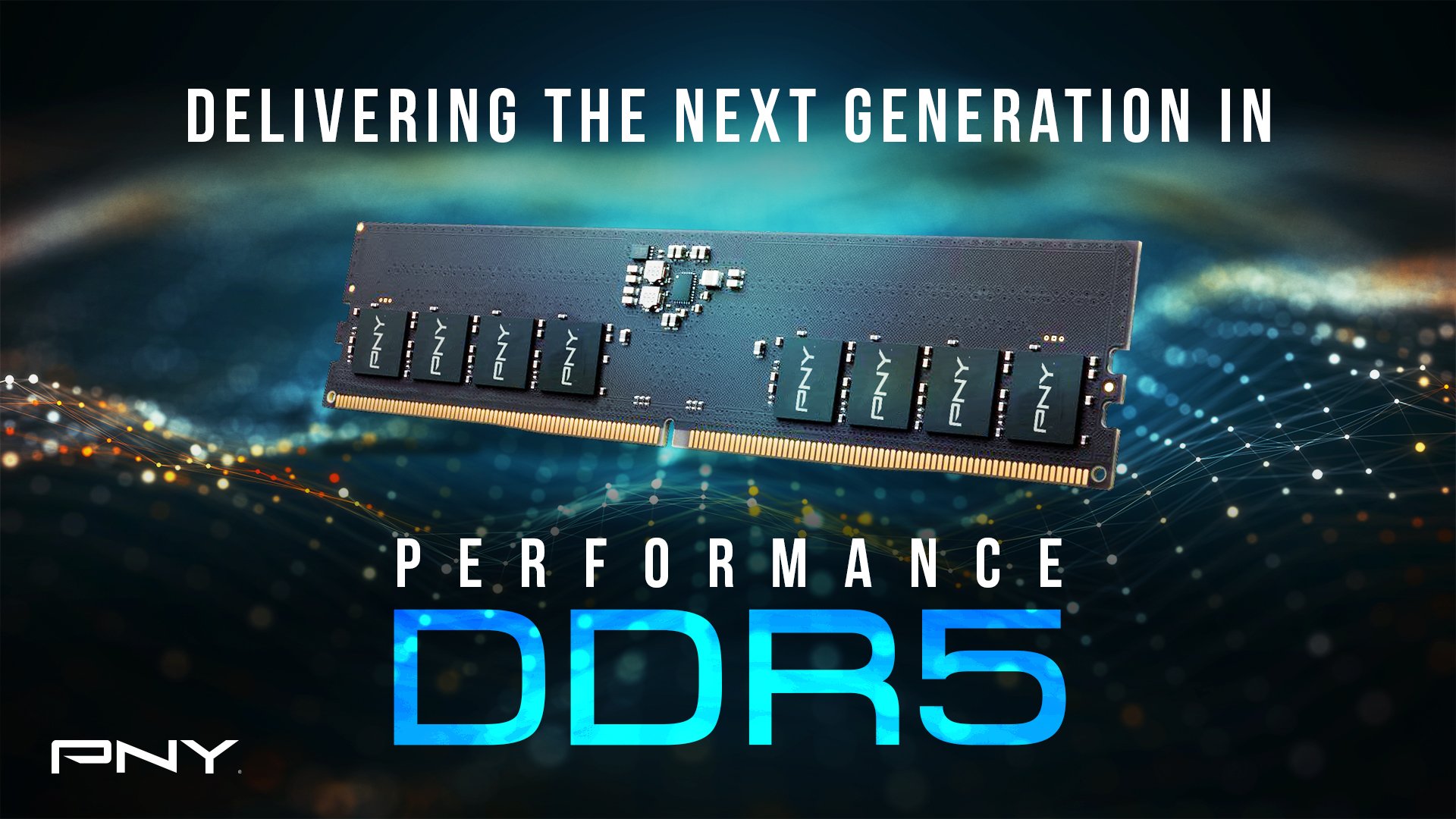PNY Performance DDR5 4800MHz Desktop Memory is built for speed and overclocking
PNY's new DDR5 memory modules are faster and easier to overclock than previous generations.

What you need to know
- PNY announced its Performance DDR5 4800MHz Desktop Memory today.
- DDR5 supports higher density modules and faster frequency speeds than previous generations.
- The PNY XLR8 Gaming DDR5 4800MHz Desktop Memory module should enter mass production in Q4 2021.
PNY announced its new Performance DDR5 4800MHz Desktop Memory today. DDR5 supports higher density modules up to four times faster than previous generations per module. It also allows memory modules to reach higher frequency speeds. PNY Performance memory will start at 16GB per module and have a frequency of 4800MHz.
DDR5 modules operate at 1.1 volts and feature on-die ECC support to increase efficiency. PNY explains that while DDR4 memory relies on the motherboard to handle voltage conversion, DDR5 supports on-module conversion. This results in lower voltage wear and less noise. On-module power management also has higher headroom for overclocking and voltage adjustments.
Intel's Alder Lake CPUs will be the company's first to support DDR5. They're set to arrive in late 2021. PNY predicts that DDR5 will likely overtake DDR4 in popularity by 2023.
"We're excited to add cutting-edge DDR5 technology to our product portfolio," says PNY. While we are launching our first DDR5 models in the Performance line, we will also be supporting gamers, content creators, and enthusiasts in their on-going quest for PC performance by launching models under our XLR8 Gaming brand. These models will feature higher frequency speeds, aggressive out-of-the-box overclocking, stylish heat spreaders and RGB illumination.
Motherboard manufacturers will be able to test PNY XLR8 Gaming DDR5 4800MHz Desktop Memory in Q3 2021. PNY expects the modules to go into mass production in the fourth quarter of 2021. The modules will be available through Amazon, Best Buy, and PNY.
All the latest news, reviews, and guides for Windows and Xbox diehards.

Sean Endicott is a tech journalist at Windows Central, specializing in Windows, Microsoft software, AI, and PCs. He's covered major launches, from Windows 10 and 11 to the rise of AI tools like ChatGPT. Sean's journey began with the Lumia 930, leading to strong ties with app developers. Outside writing, he coaches American football, utilizing Microsoft services to manage his team. He studied broadcast journalism at Nottingham Trent University and is active on X @SeanEndicott_ and Threads @sean_endicott_.
